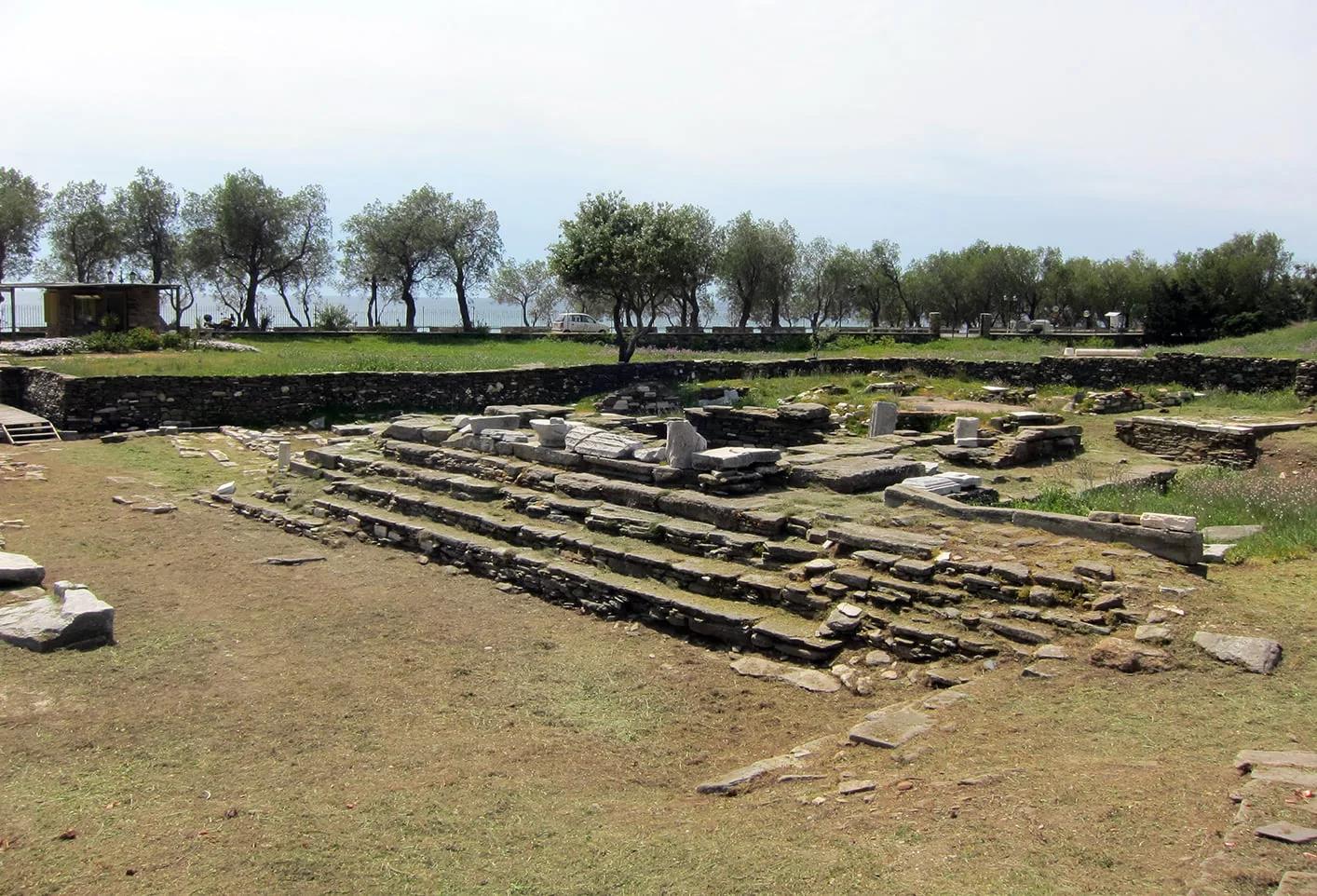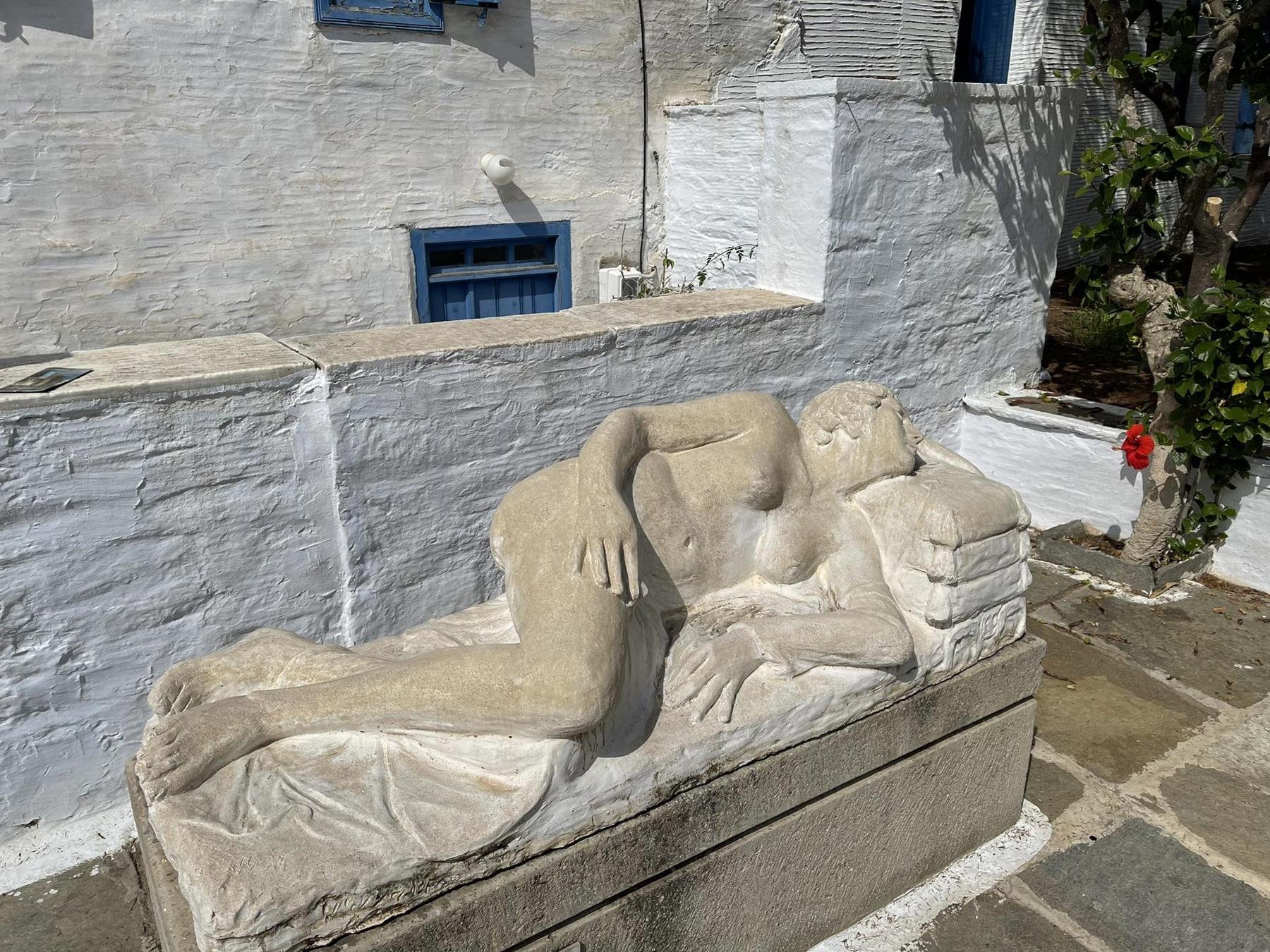Tinos is an amazing island that offers a variety of locations for sightseeing.
Panagia of Tinos
The Holy Church of Evangelistrias (meaning “All-Holy Bringer of Good News”) and also known as Panagia (Our Lady) of Tinos, is undoubtedly one of the major attractions of Greece. It’s importance as a church is independent from its religious identity as the Holy Church is also a marvelous architectural landmark of great national and historical significance. Its construction began in 1823 at the point where the icon of the Annunciation of Our Lady and was completed in 1880. The icon of the Virgin Mary is considered miraculous and draws thousands of believers from all parts of the globe each year as they come here to fulfill a tama (vow) or to receive her grace.
Peristerones – Pigeon Houses
It is unknown when they first started being constructed, though it was certainly under Venetian influence. One thing is for sure, these pigeon houses are an excellent sample of ingrained talent of Tinos workmanship. They are mainly two-storey stone constructions, monuments of unique folk creations. Created in full harmony with the environment, the pigeon houses of Tinos express a pure folk architecture. The use of fine slates and operational need for the construction of many small openings for the entrance and exit of birds gave folk artists the opportunity to create facades of remarkable variety and compositions of decorative details transforming pigeon houses from a simple nest to structures of distinct artistic value.
Volakas
Volax (with the accent on either the ‘o’ or ‘a’) is a medieval village, built at an altitude of 284 meters on a small mountain range in the middle of the island. The main characteristic of the village are the boulders or the huge spherical granite stones of volcanic origin that surround the area, giving it a celestial feel. At around the Easter period athletes from around the world participate in bouldering, whereas paintball teams give another spirit to the area. The old trails and uniqueness of the landscape draw hikers from around the world. A Folk Museum works in the area, whereas a stone theater comes alive over the summer season with a smorgasbord of artistic events.
Exombourg
The rock of Exombourg is at an altitude of 640 meters. It is a trademark landmark of Tinos and is visible to visitors from the port at Chora. The area is a natural fortress inaccessible from three sides that was used from the Bronze Age to protect the population of the region. In 1207, the high rock was fortified and a garrison was created to withstand centuries of attacks by Ottoman corsairs until it was ultimately destroyed by the Turks in 1715. The castle was named the “Castle of St. Helen” from the church built at its peak.




